搜尋 SMTP 結果:
如果網站需要有一個簡易的SMTP服務,最簡單的方式就是安裝SMTP服務

然後安裝後,記得要去 [服務] 把 [簡易郵件傳送通訊定(SMTP)] 啟動,並且記得要改為"自動啟動" (不然重開機不會啟動)

管理SMTP設定,要到這個介面的 IIS6 管理員

But, 如果你是用 win server 2022,就會出現掛掉無法編輯使用的狀況,不知為何win server 2022 會有這個奇怪的bug
請遵照下面步驟修改,就可以正常運作
開啟IIS6的管理介面後,還要設定一下 允許轉送清單,對於來源IP作管控

這樣大致上就可以正常運作

然後安裝後,記得要去 [服務] 把 [簡易郵件傳送通訊定(SMTP)] 啟動,並且記得要改為"自動啟動" (不然重開機不會啟動)

管理SMTP設定,要到這個介面的 IIS6 管理員

But, 如果你是用 win server 2022,就會出現掛掉無法編輯使用的狀況,不知為何win server 2022 會有這個奇怪的bug
請遵照下面步驟修改,就可以正常運作
1. Stop SMTPSVC service [Display Name: Simple Mail Transfer Protocol (SMTP)]
2. Stop IISADMIN service [Display name: IIS Admin Service]
3. Edit "C:\Windows\System32\inetsrv\MetaBase.xml"
4. Find: <IIsSmtpServer Location ="/LM/SmtpSvc/1"
5. Add (Settings are alphabetical): RelayIpList=""
6. Save file
7. Start IISAdmin Service
8. Start SMTPSVC service
開啟IIS6的管理介面後,還要設定一下 允許轉送清單,對於來源IP作管控

這樣大致上就可以正常運作
darren, 2024/4/10 下午 03:18:35
為了遏止垃圾郵件以及釣魚郵件,SPAM組織有定義一些規則,這些規則主要是經由 DNS 反查相關設定,看郵件來源是不是沒有問題。其中一個就是 SPF 設定。
SPF 設定(txt)我這邊就不多說,網路上很多資源有相關介紹,基本上 他的設定就會像是
"v=spf1 include:_spf.mx.cloudflare.net ~all"
中間 include: 就是寄件來源的 domain, include 也可以設定多筆,
也可以設定 ip4 格式或是 mx 所以他可能會長得像這樣
"v=spf1 include:_spf.emfwd.name-services.com include:amazonses.com ip4:112.121.xxx.0/24 ?all"
最後的 all 前面用 ? - ~ 都有他的意義,請參考網路上的資源
在這裡不管是 include 或是 ip4 設定,都是寄件者的IP來源白名單。
其工作原理大致是
1. 郵件伺服器收到一封email後,抓出寄件者的 email domain
2. 由 email domain 去 DNS 檢查 spf 設定,若有,就從裡面IP來源白名單,比對寄信來源的伺服器IP是不是在白名單
3. 若不是白名單,郵件伺服器可能直接拒收(收件者完全找不到新件),或是列入垃圾郵件
---------------------------------------------------------
對於我們公司的客戶而言,若他的網站通知信不是經由 aws ses寄送
是經由我們公司建立的 smtp 寄送,其實是可以請他們去 DNS 做一下設定
而且最好建議寄件者是使用子網域,避免跟 root 網域的 email 設定有衝突
例如 service@ec.examplesite.com.tw
這樣就可以請客戶去 DNS ec.example.com.tw 設定 spf txt
"v=spf1 ip4:112.121.xxx.0/24 ?all"
這樣就可以減少email變成垃圾郵件的狀況
不過以上僅限在 "通知信"範疇
如果客戶要大量寄送 EDM,還是要請他們是用外部資源, aws ses 或是 mail trimp, 電子豹
不要使用內建的 SMTP 主機,因為同一IP同時發送大量郵件,也會被 SPAM 組織列為黑名單
SPF 設定(txt)我這邊就不多說,網路上很多資源有相關介紹,基本上 他的設定就會像是
"v=spf1 include:_spf.mx.cloudflare.net ~all"
中間 include: 就是寄件來源的 domain, include 也可以設定多筆,
也可以設定 ip4 格式或是 mx 所以他可能會長得像這樣
"v=spf1 include:_spf.emfwd.name-services.com include:amazonses.com ip4:112.121.xxx.0/24 ?all"
最後的 all 前面用 ? - ~ 都有他的意義,請參考網路上的資源
在這裡不管是 include 或是 ip4 設定,都是寄件者的IP來源白名單。
其工作原理大致是
1. 郵件伺服器收到一封email後,抓出寄件者的 email domain
2. 由 email domain 去 DNS 檢查 spf 設定,若有,就從裡面IP來源白名單,比對寄信來源的伺服器IP是不是在白名單
3. 若不是白名單,郵件伺服器可能直接拒收(收件者完全找不到新件),或是列入垃圾郵件
---------------------------------------------------------
對於我們公司的客戶而言,若他的網站通知信不是經由 aws ses寄送
是經由我們公司建立的 smtp 寄送,其實是可以請他們去 DNS 做一下設定
而且最好建議寄件者是使用子網域,避免跟 root 網域的 email 設定有衝突
例如 service@ec.examplesite.com.tw
這樣就可以請客戶去 DNS ec.example.com.tw 設定 spf txt
"v=spf1 ip4:112.121.xxx.0/24 ?all"
這樣就可以減少email變成垃圾郵件的狀況
不過以上僅限在 "通知信"範疇
如果客戶要大量寄送 EDM,還是要請他們是用外部資源, aws ses 或是 mail trimp, 電子豹
不要使用內建的 SMTP 主機,因為同一IP同時發送大量郵件,也會被 SPAM 組織列為黑名單
darren, 2022/5/30 下午 01:06:51
這裡是我測試 Gmail API 和 Google API 憑証的一些記錄。
如果你的目的是要使用 Gmail Api 取代舊的 Gmail SMTP 來發送通知信,建議你先跳到最下方看一下結論。
如果你是想要看一下 Gmail API 和 Google API 憑証的使用方法,可以看一下這篇文章。
1. 在 google cloud platform 建立新的專案.
https://console.cloud.google.com/
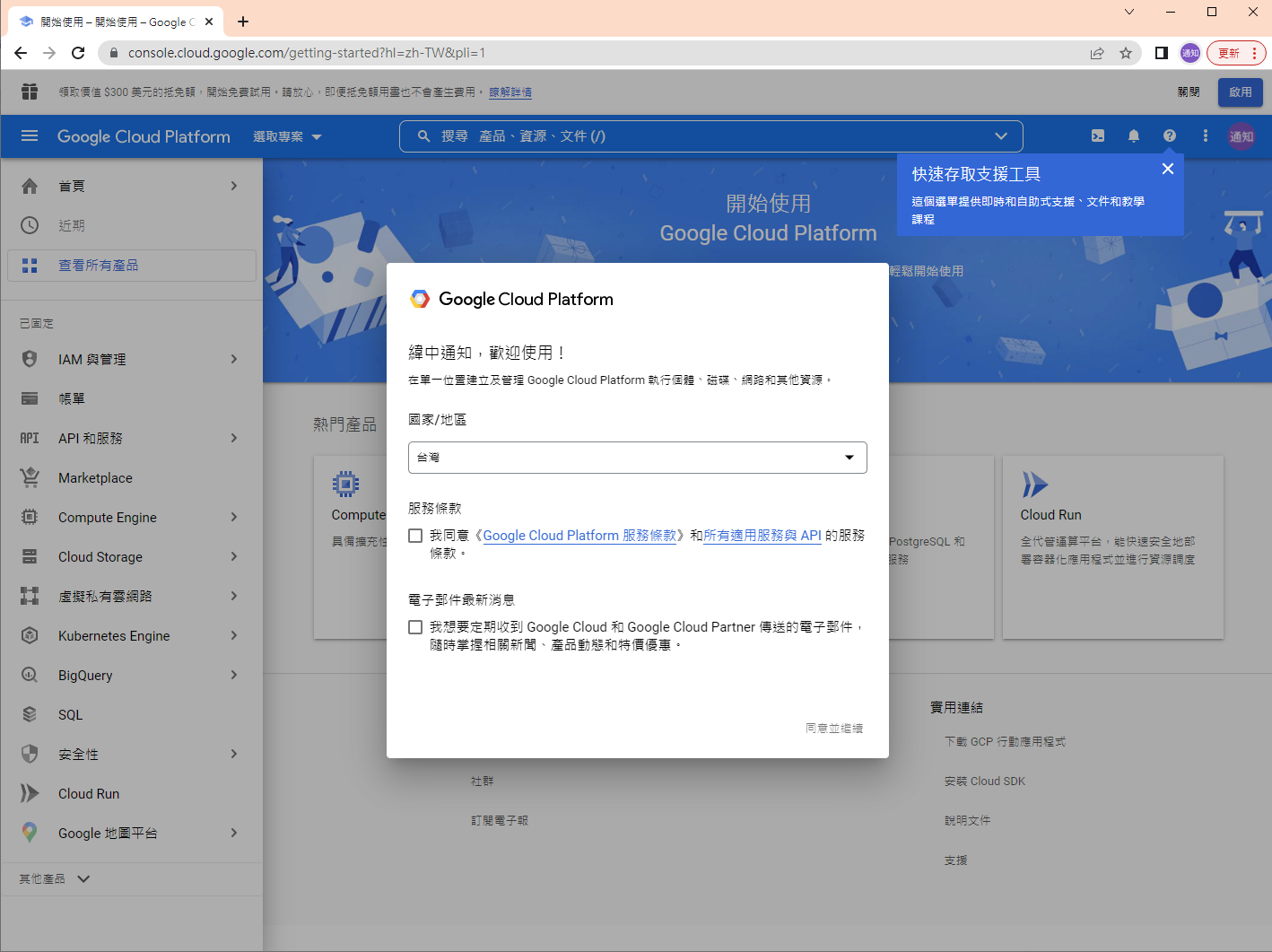
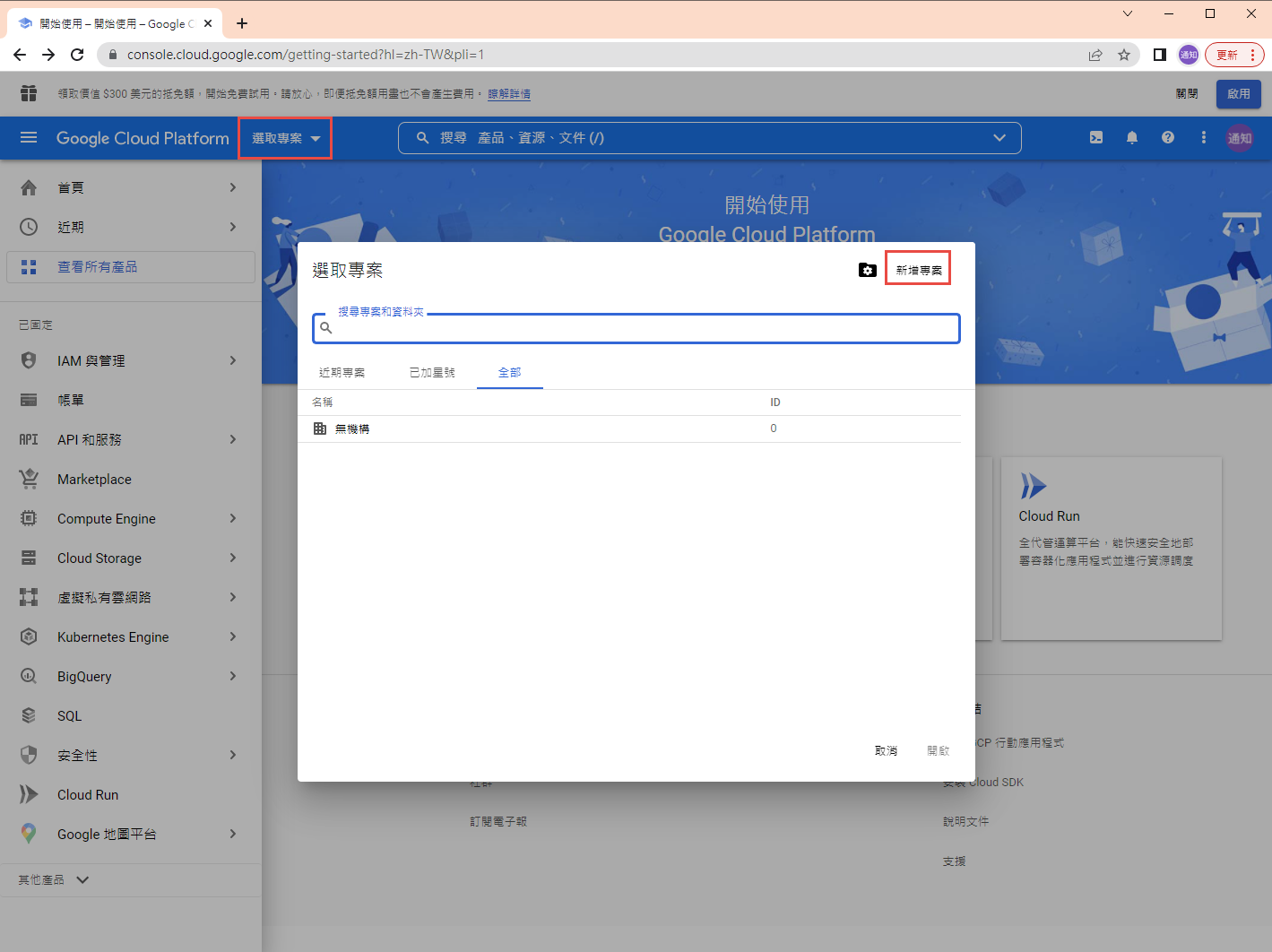
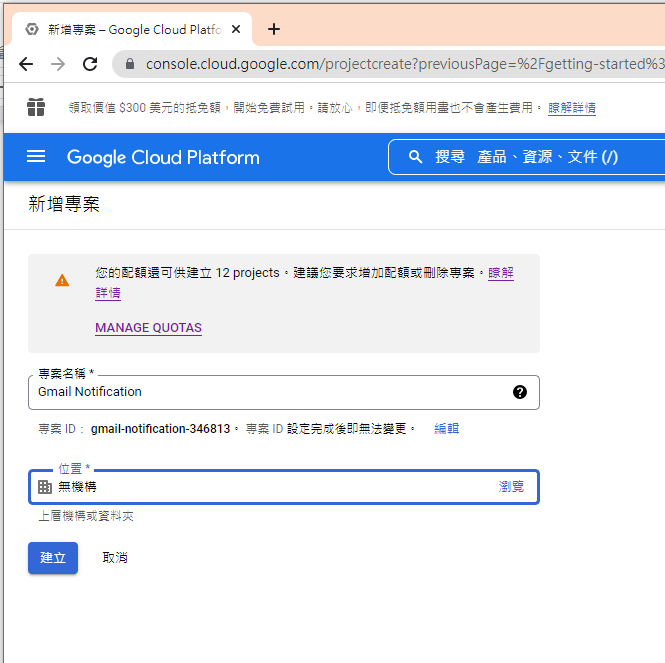
啟用 Gmail API
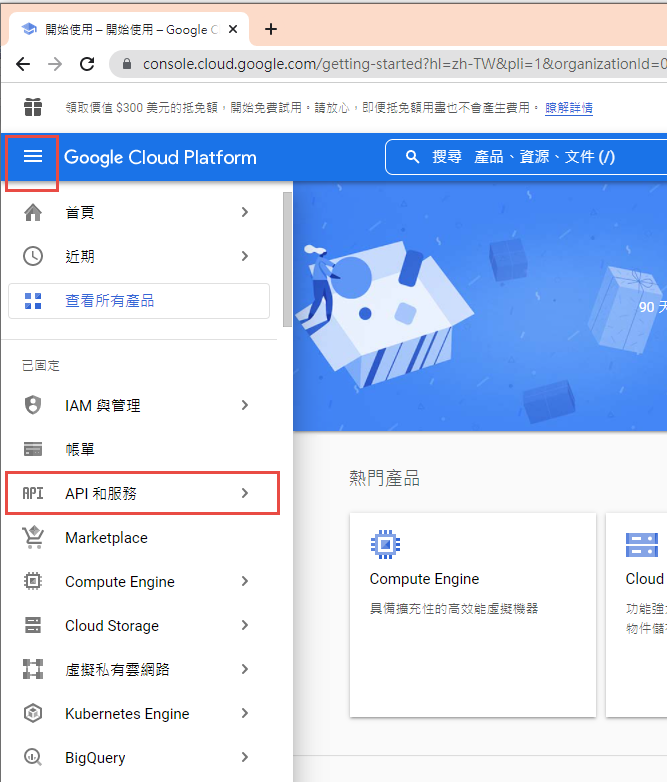
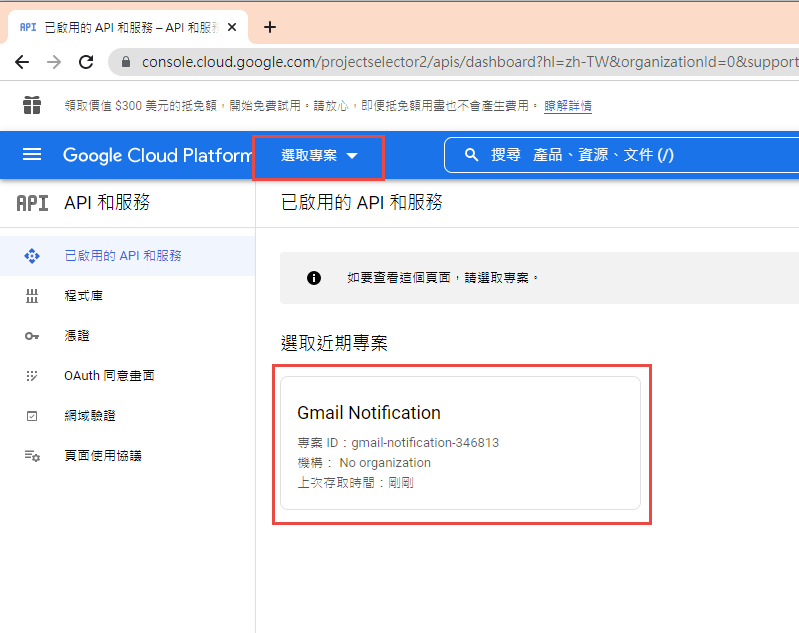
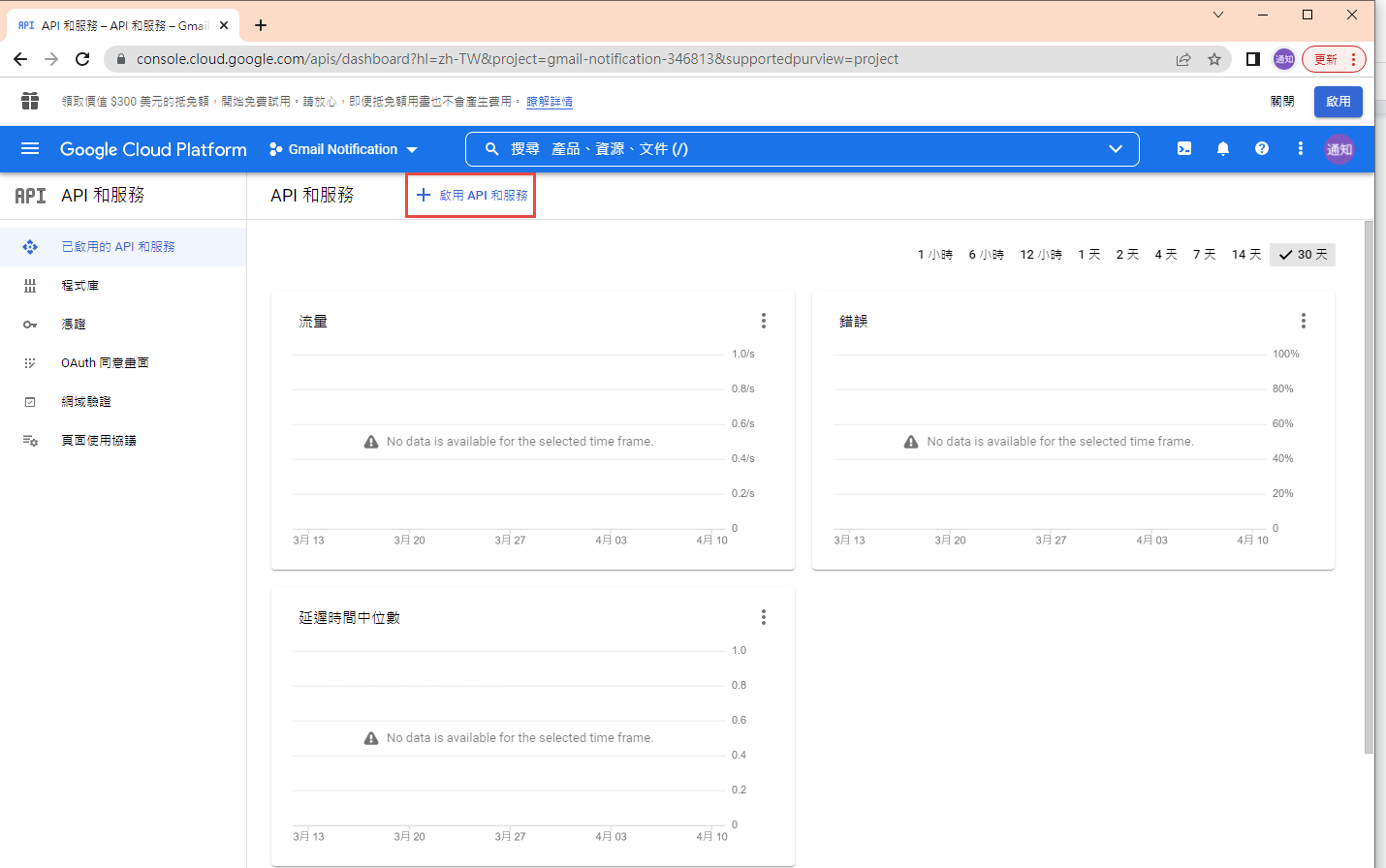

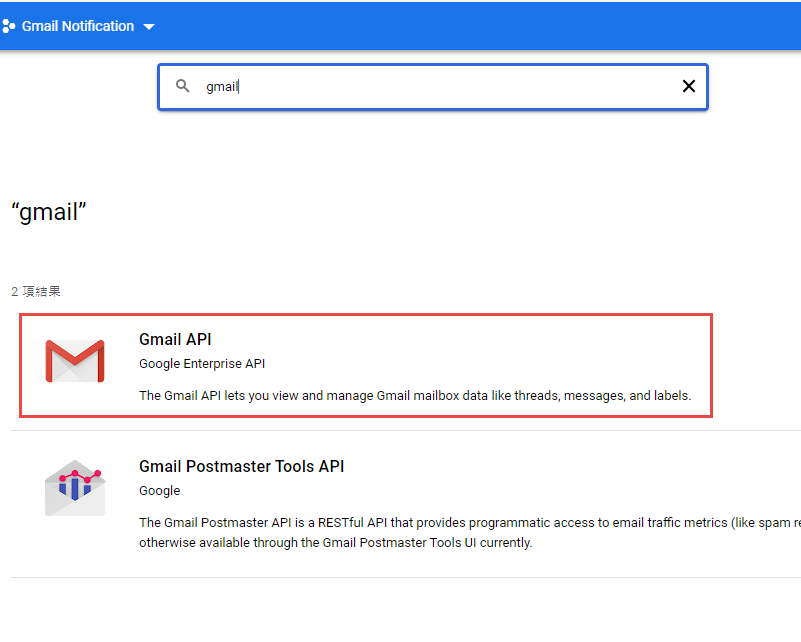
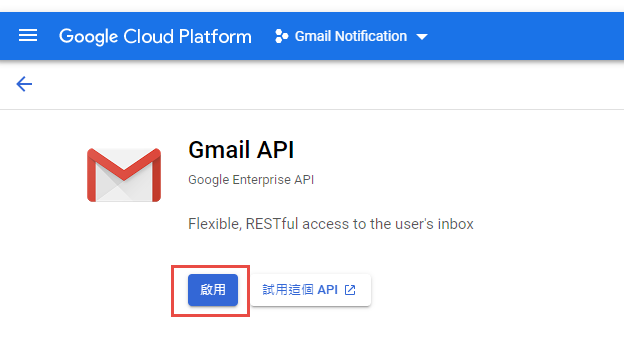
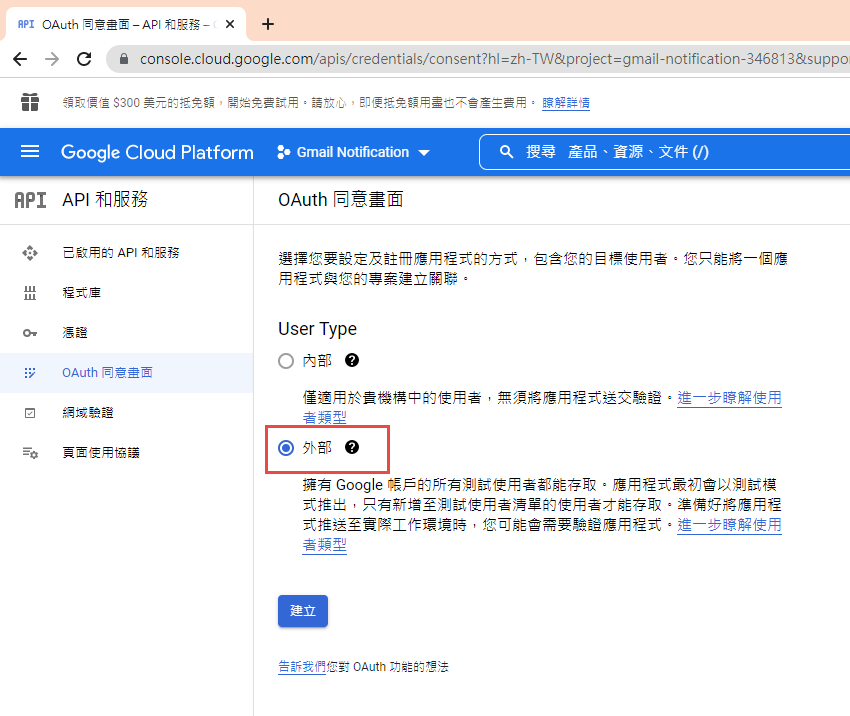
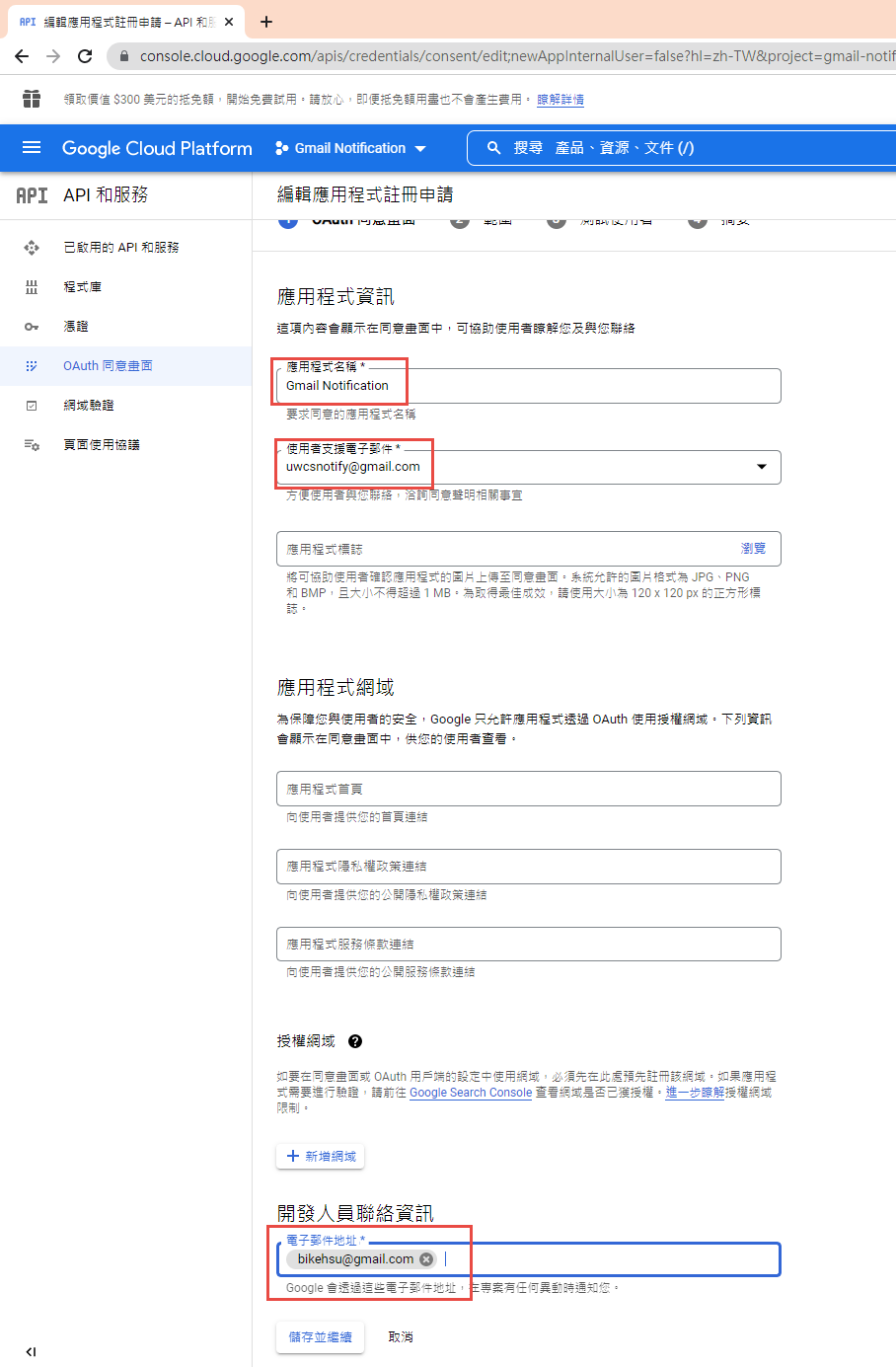
因為我們要透過 OAuth 取得使用者授權,所以要設定使用 OAuth 的同意畫面。
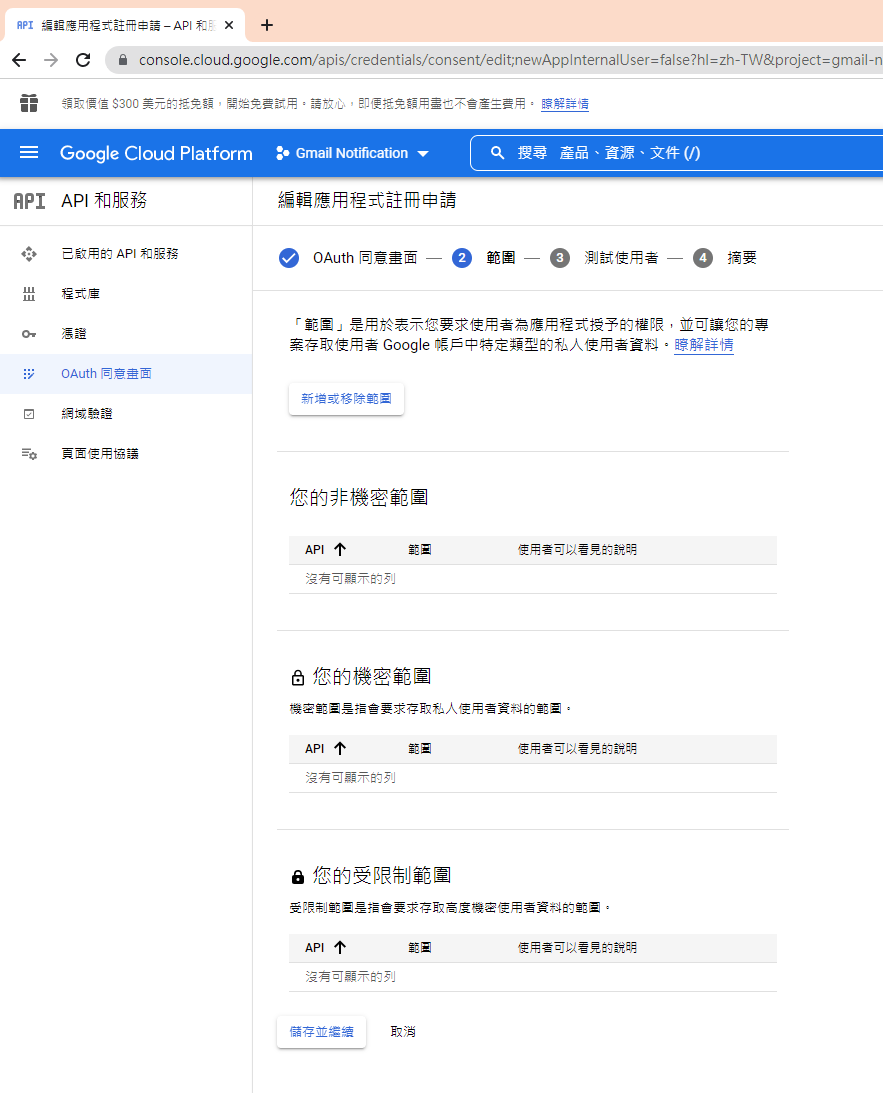
指定授權的範圍
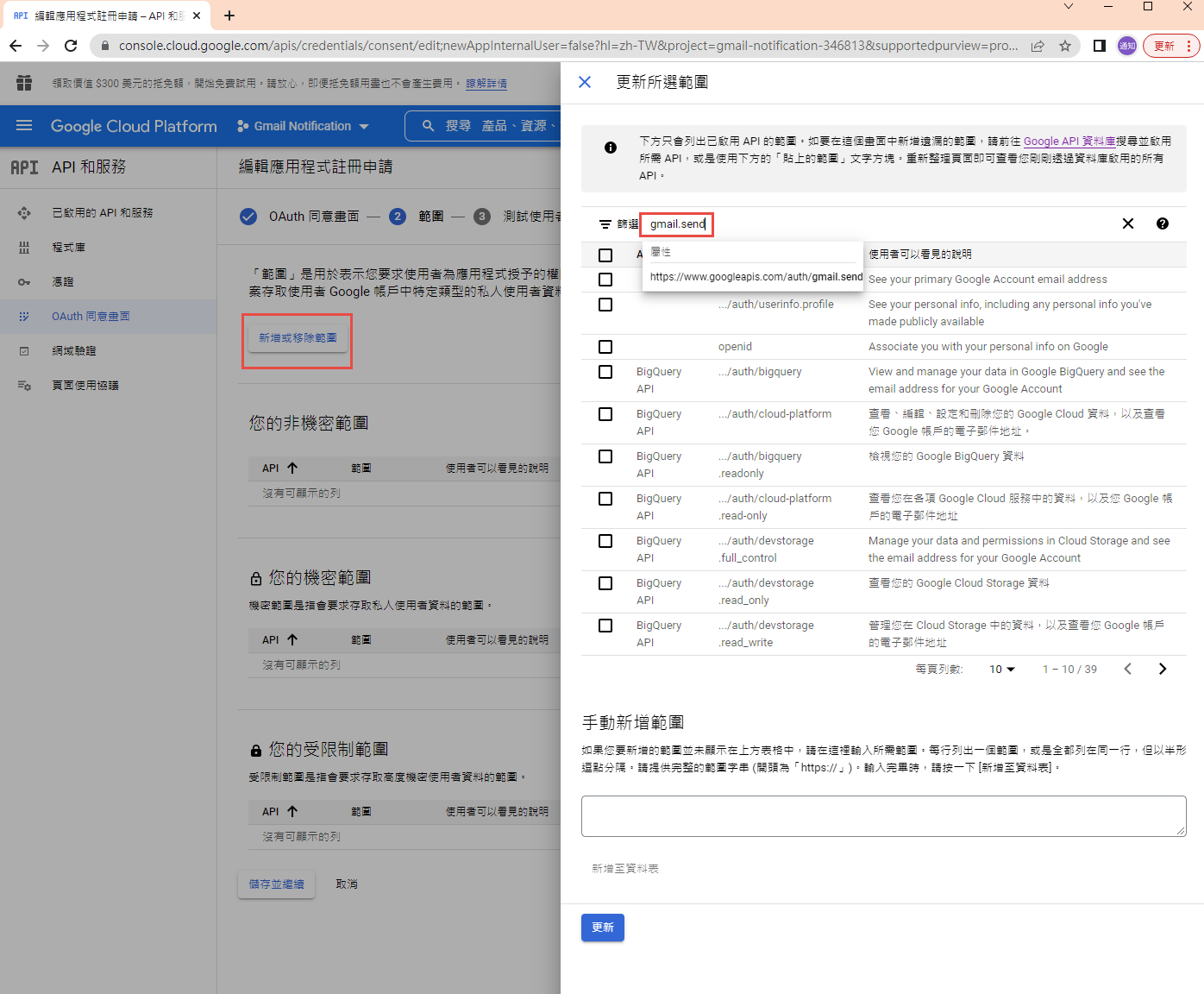
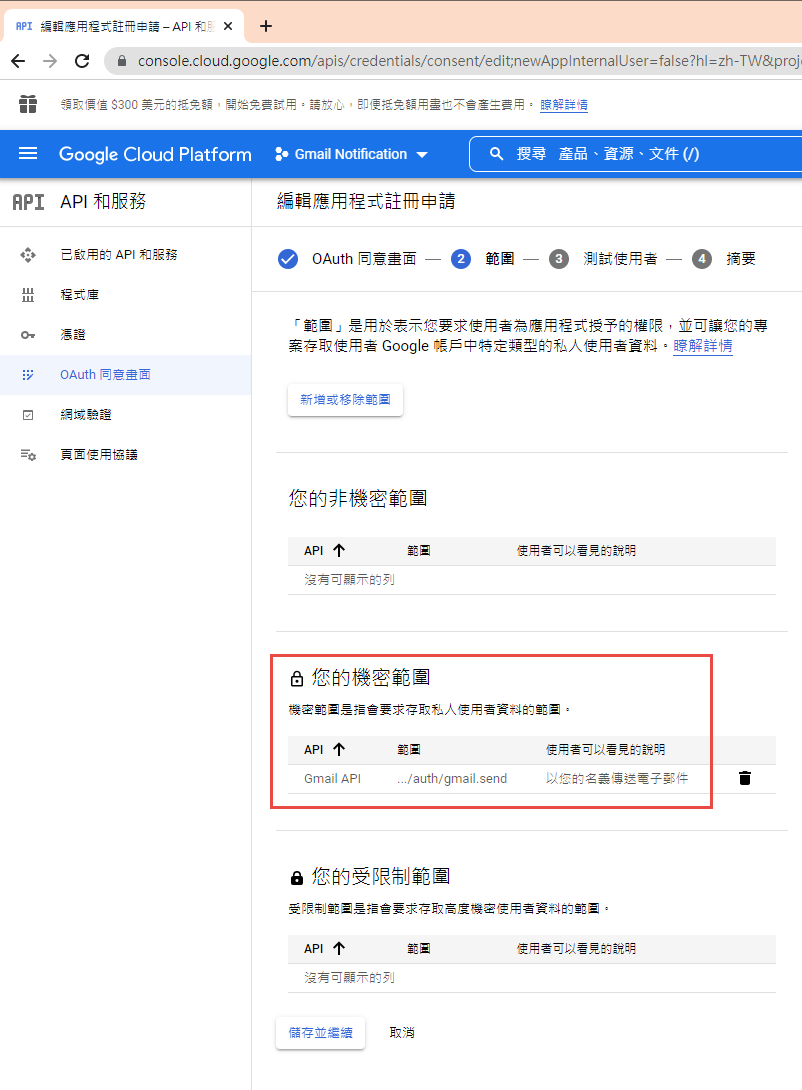
因為剛建立的專案,不會被公開,所以要指定測試使用者
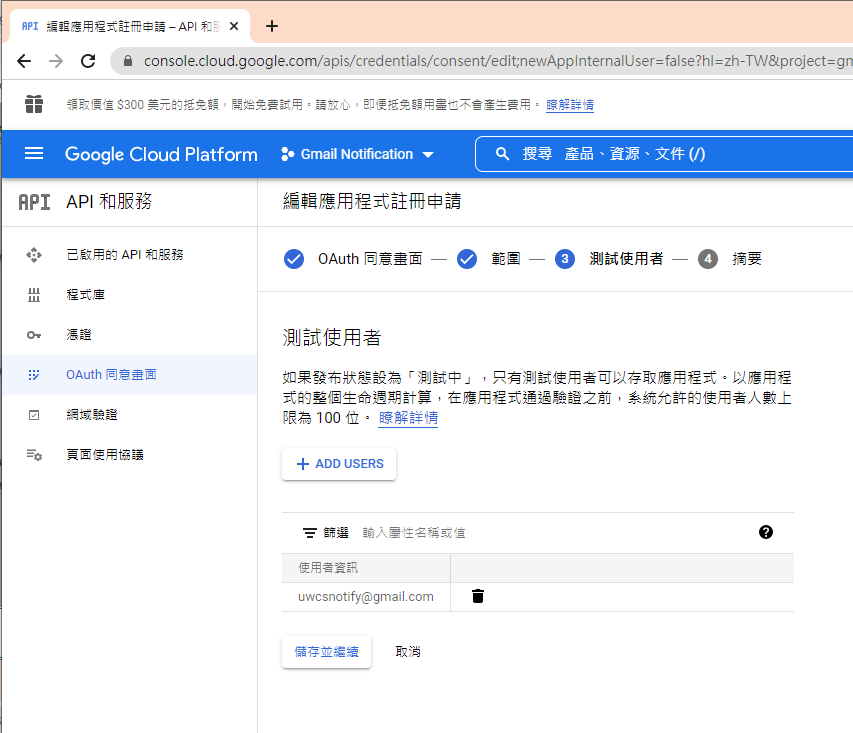
如果要給任意使用者,必需經過發布的流程,但準備工作有點麻煩,所以這次就不發布了。
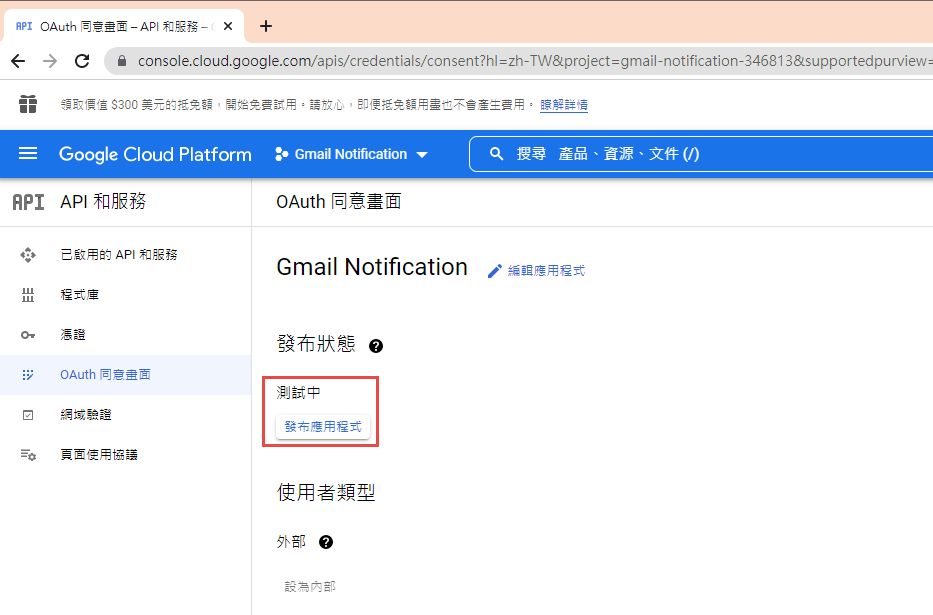
建立 OAuth 2.0 用戶端 ID 憑証
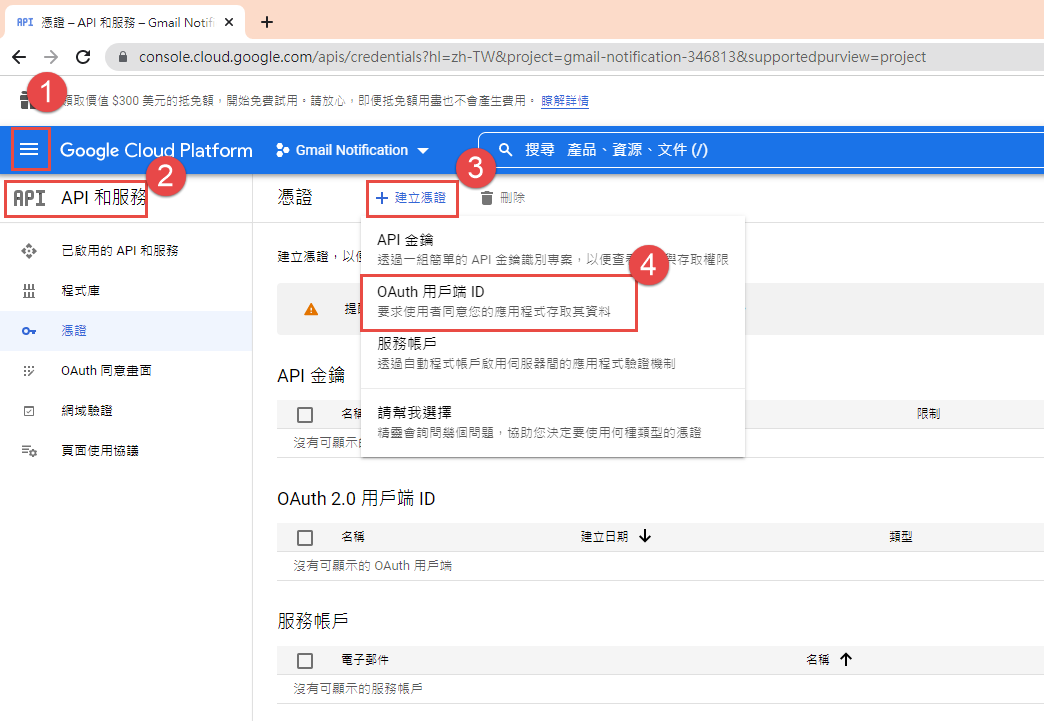
這裡除了名稱外,還有一個設定重導 Uri 的項目。現在不填寫,但稍後要回來補這個資料。
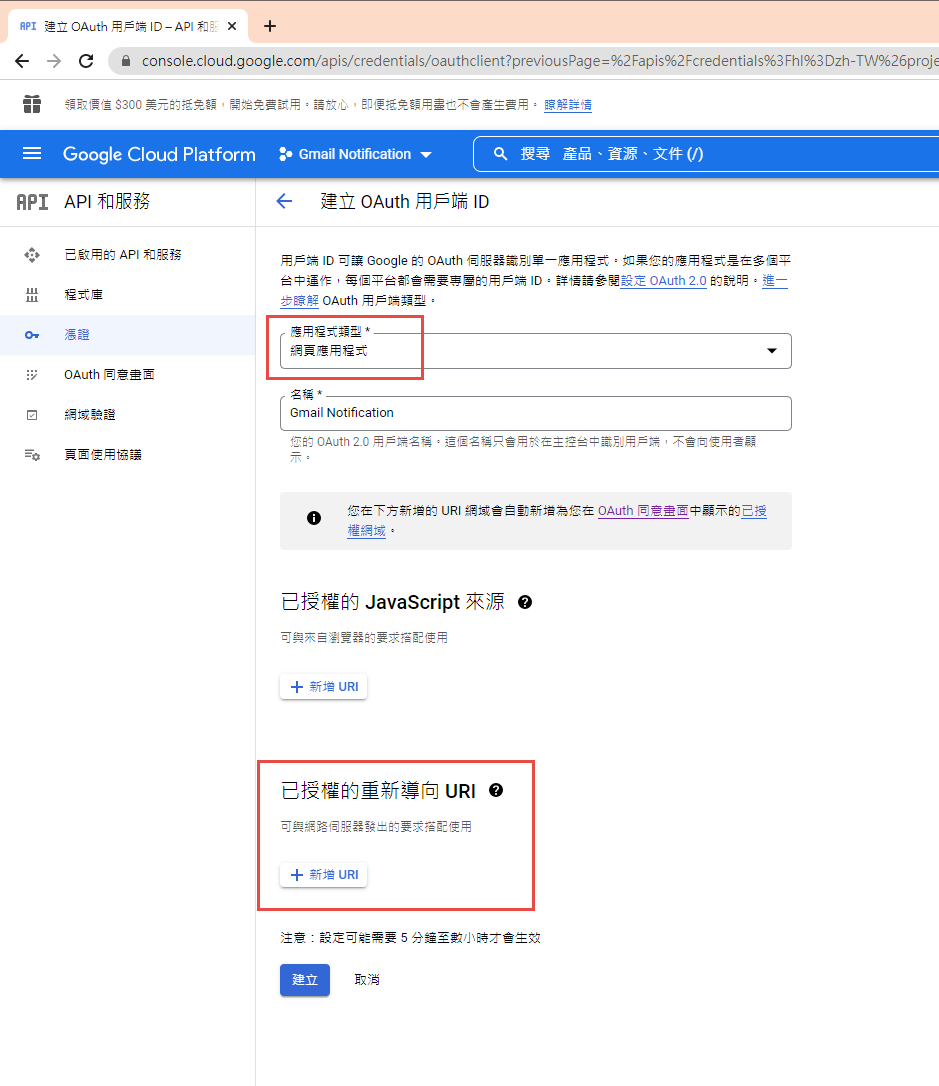
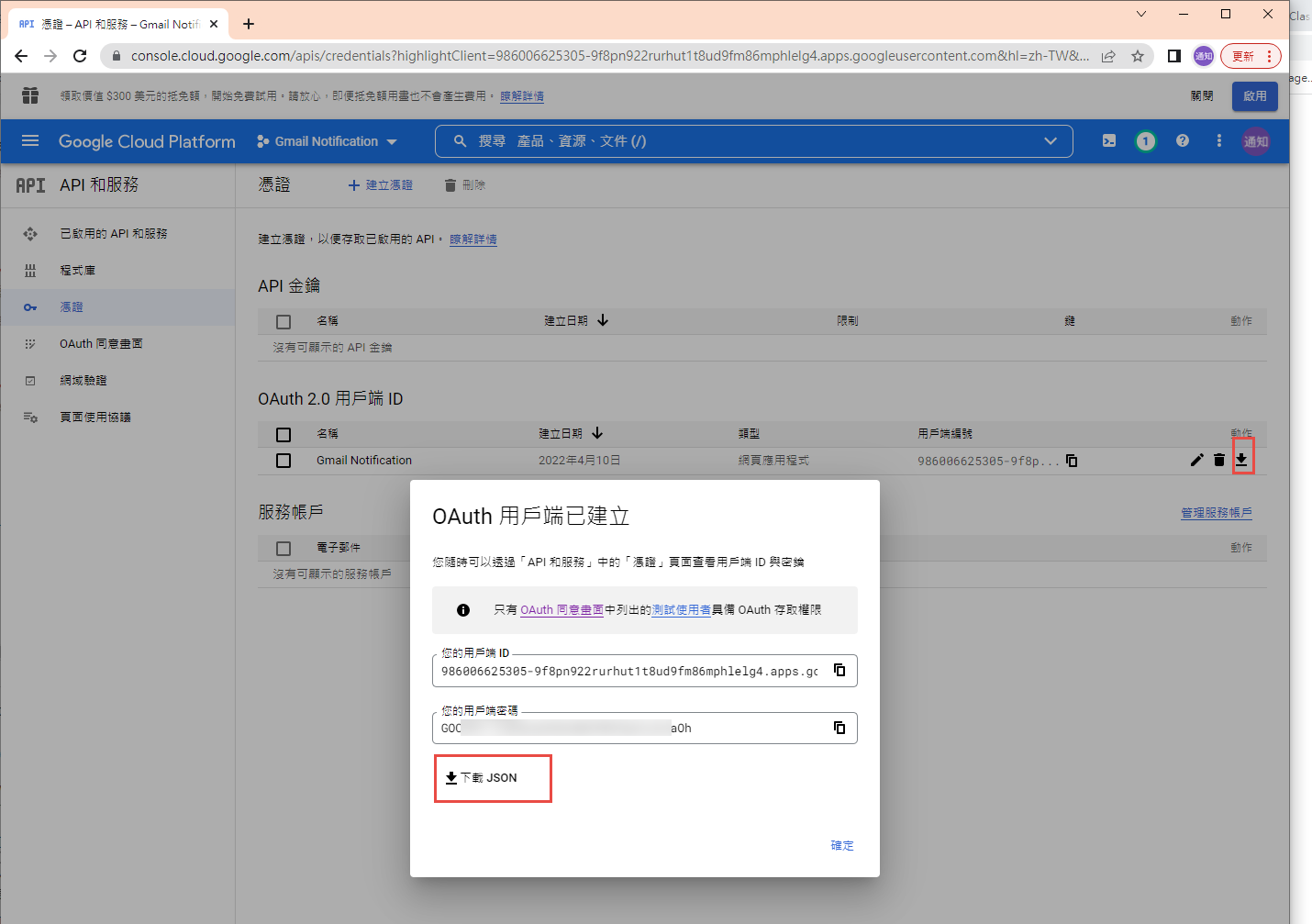
下載 json 之後,命名為 client_secret.json 保留後續使用。
再來就要建立專案了. 用 VS2022 建立一個新專案
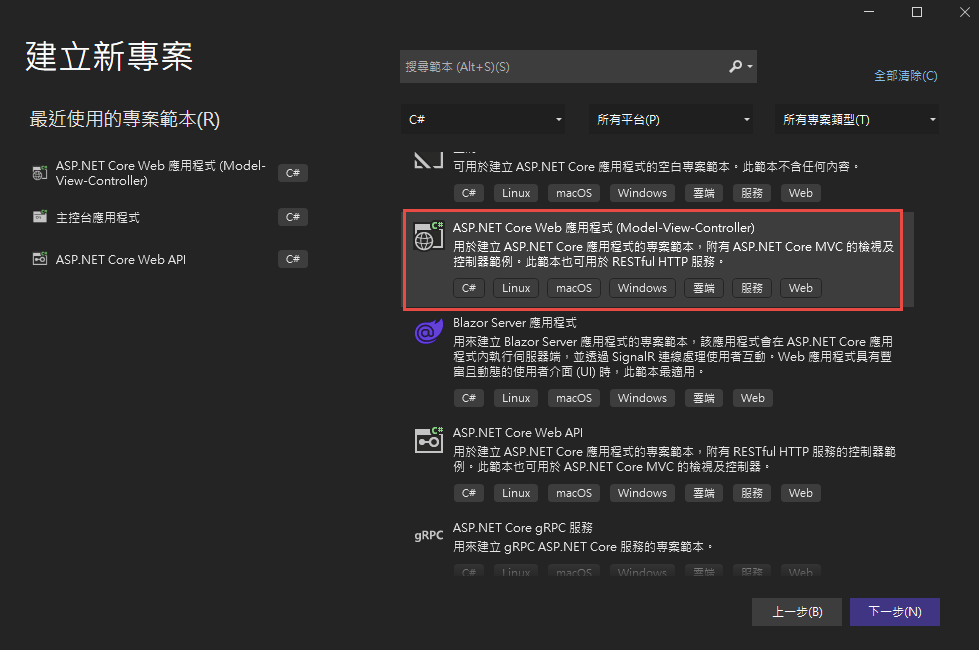
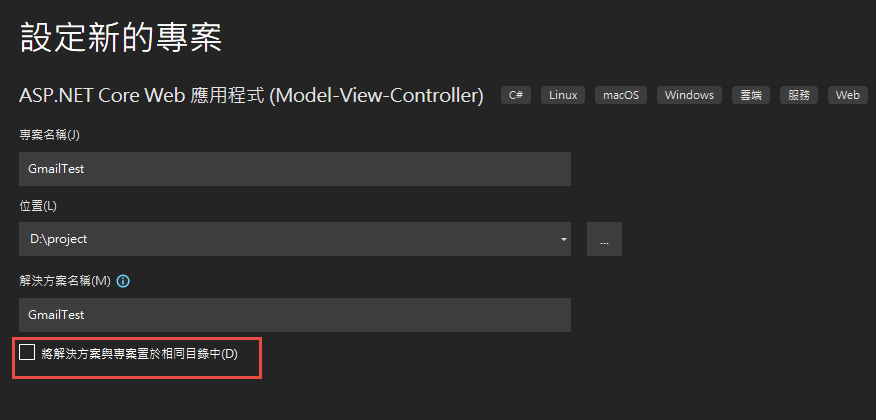
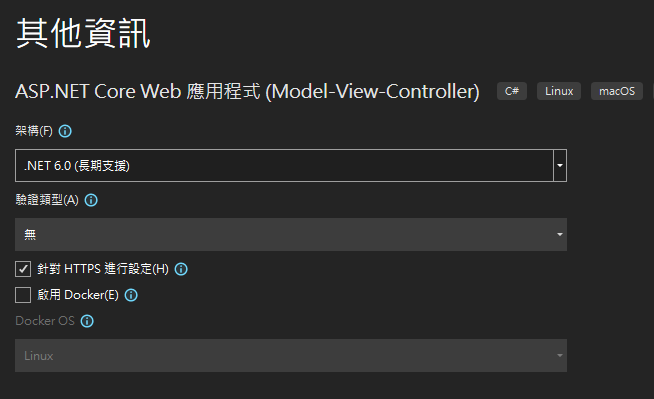
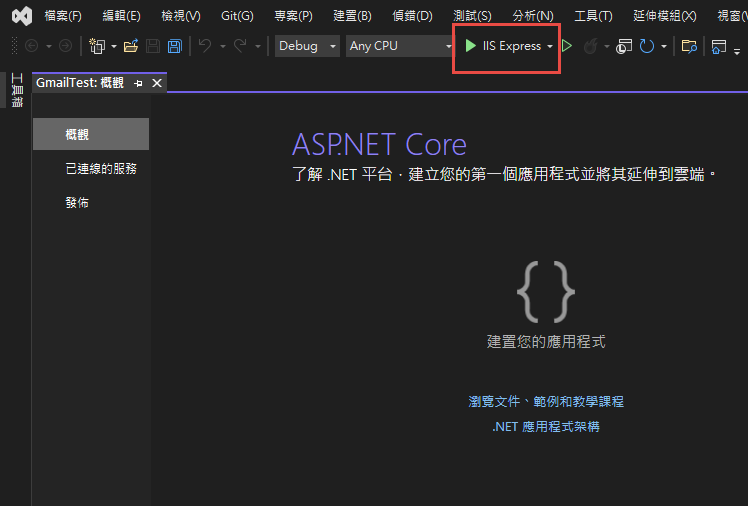
記錄網址, 本測試專案是 https://localhost:44340/ ,請依實際網址為準。
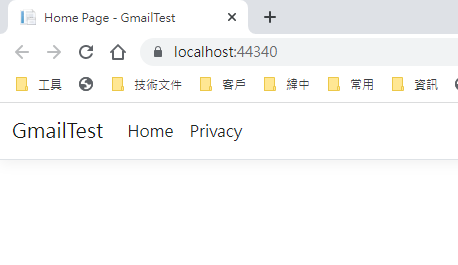
回到 OAuth 2.0 用戶端 ID 的設定頁. 在已授權的重新導向 URI 中填入 https://localhost:44340/Home/AuthReturn (填入的網址依實際專案的狀況,可能會有變化)
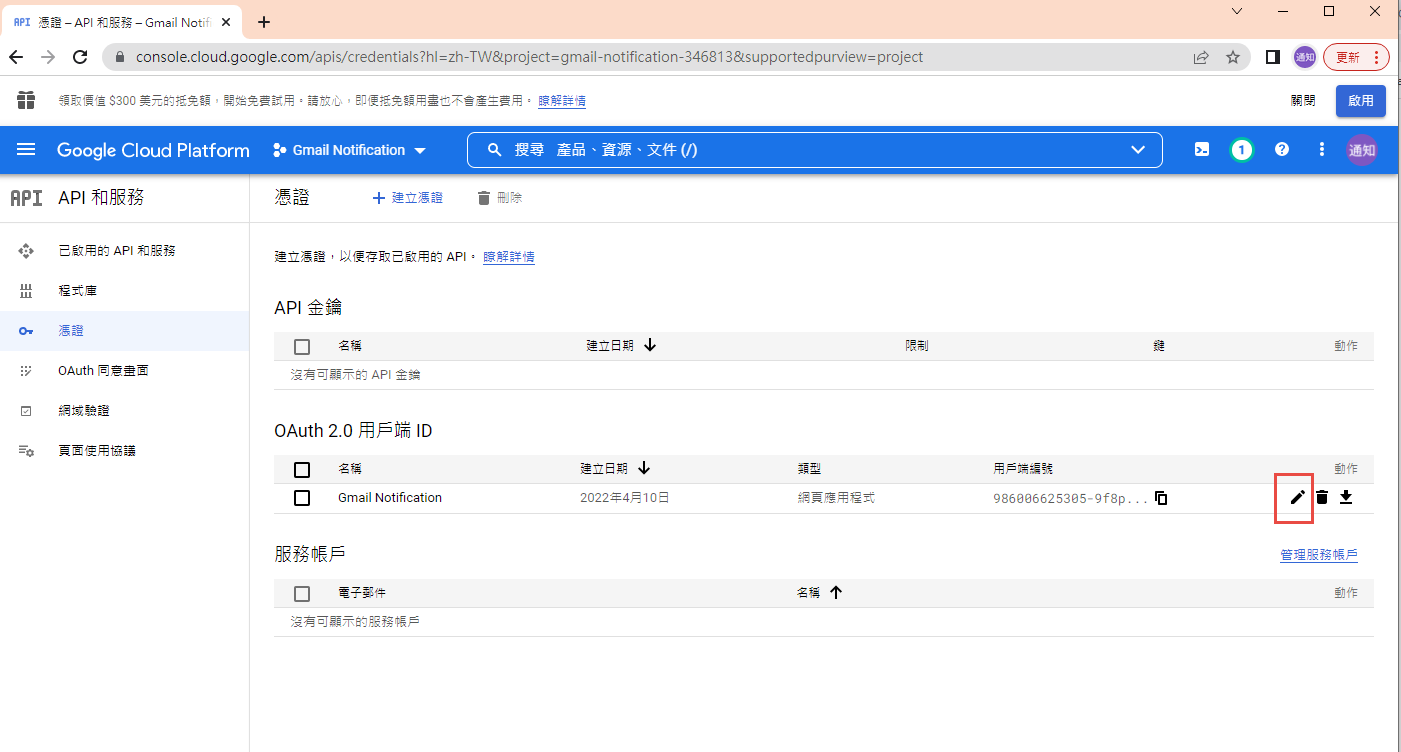
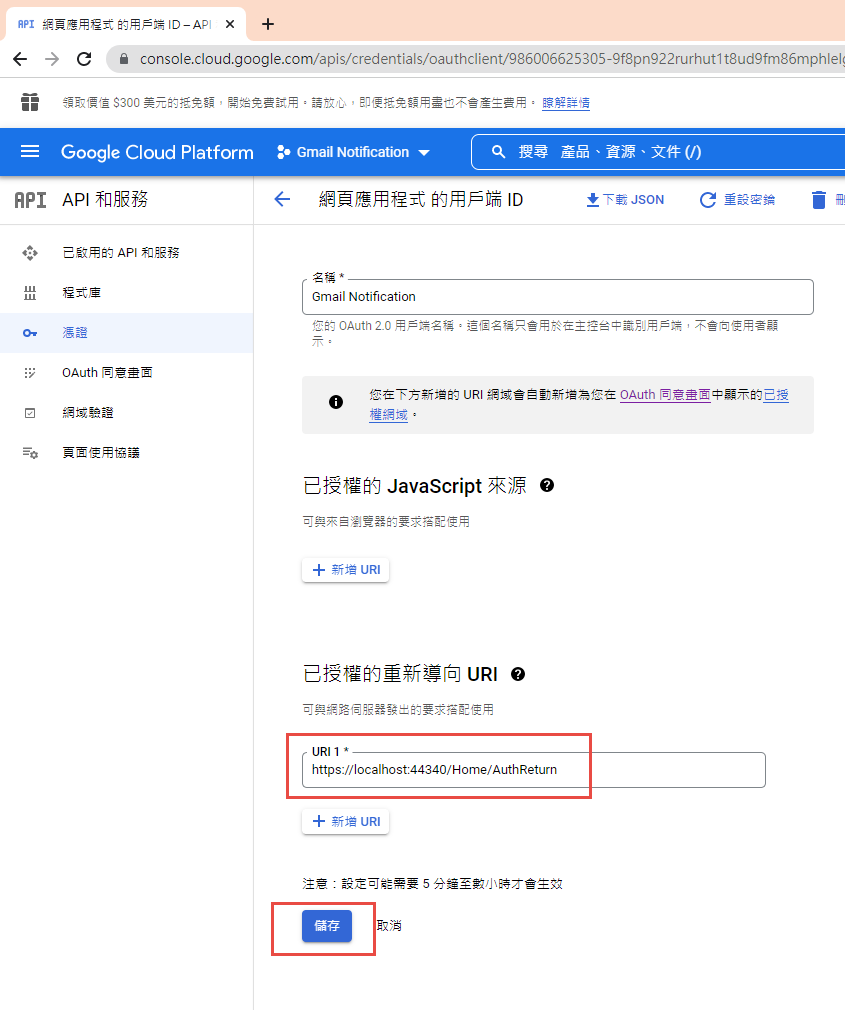
在 VS2022 中,使用 Nuget 安裝套件: (有漏的再麻煩和我說)
Google.Apis.Gmail.v1
Google.Apis.Auth
MimeKit (發送 gmail 時使用)
建立認証用的網址:
建立一個 Action, 用來取得認証用的網址:
執行結果:

用 chrome 開啟產生的網址:
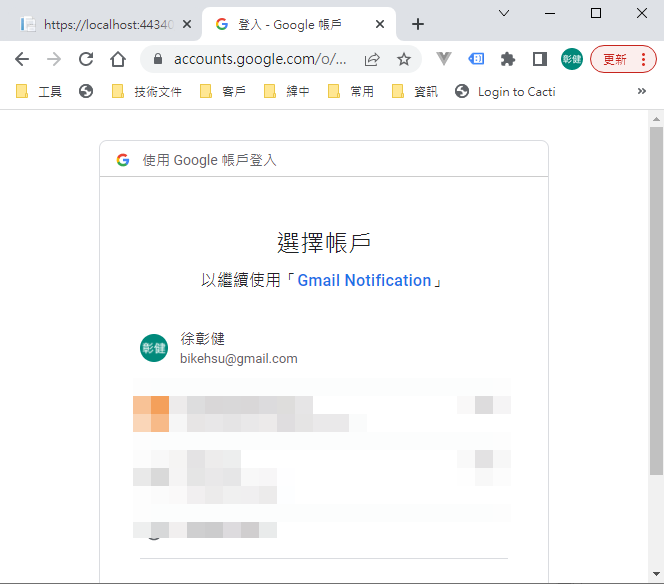
選取任一帳號,如果出現以下錯誤,請回到 "OAuth 同意畫面" 去新增測試使用者
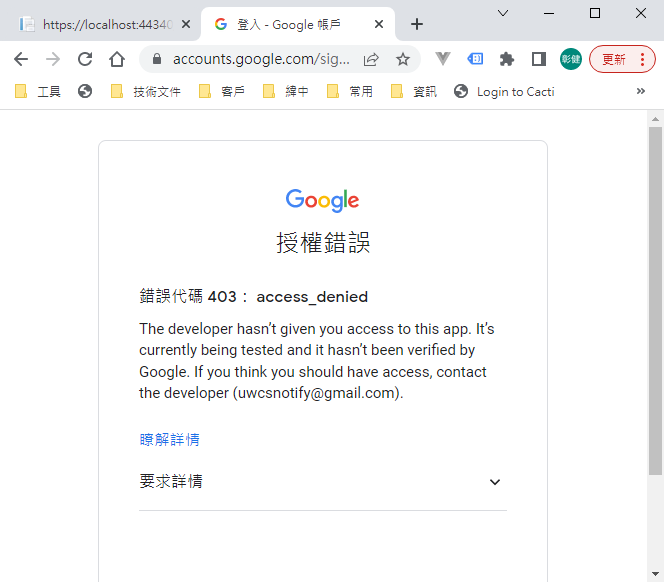
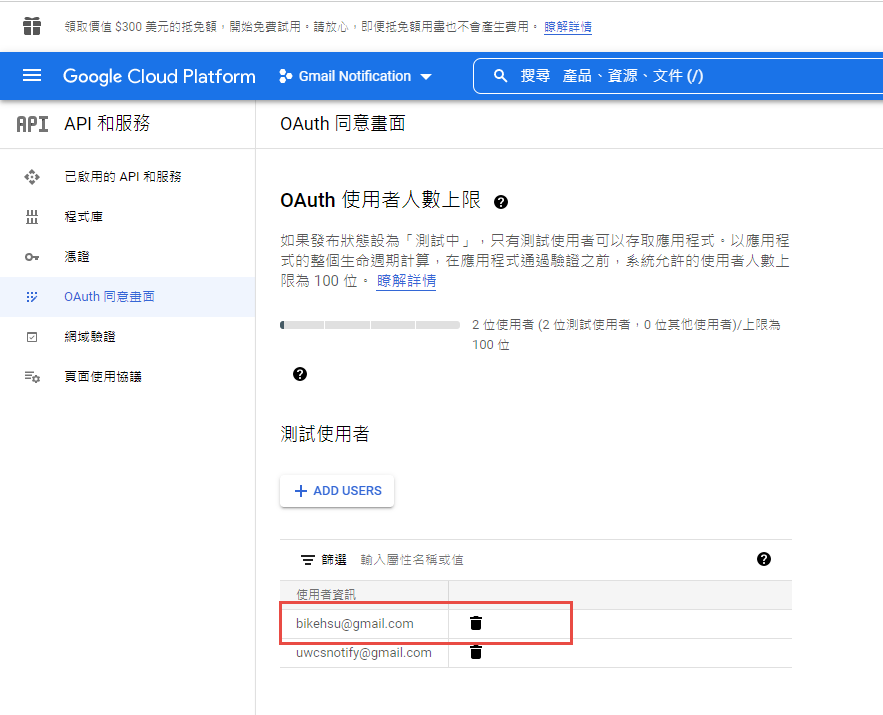
因為應用程式尚未發布,所以會看到警告,勇敢的繼續下去
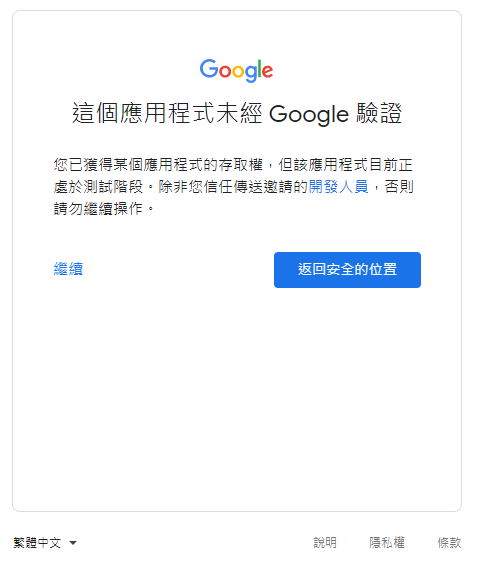
這裡會要求授權使用你的名義發送信件。(這是在程式中取得授權的項目 Scopes 中所指定的)
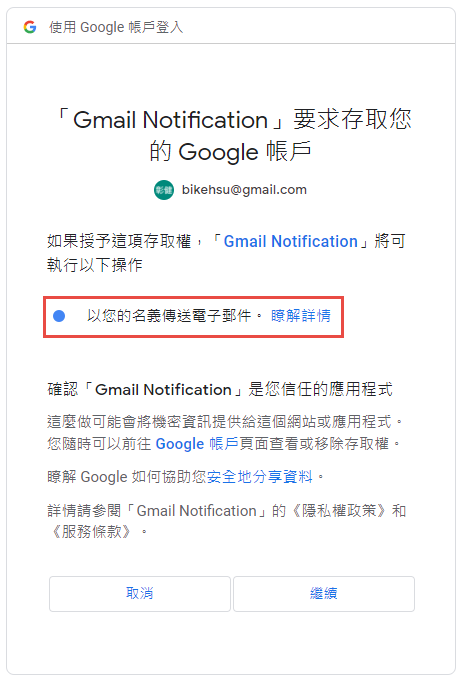
再繼續之後,會被重導至我們在 redirectUri 指定的網址。因為我們尚未完成,所以會看到錯誤,順便也可以看一下,會帶回哪一些參數。有 state, code, scope,共三個。
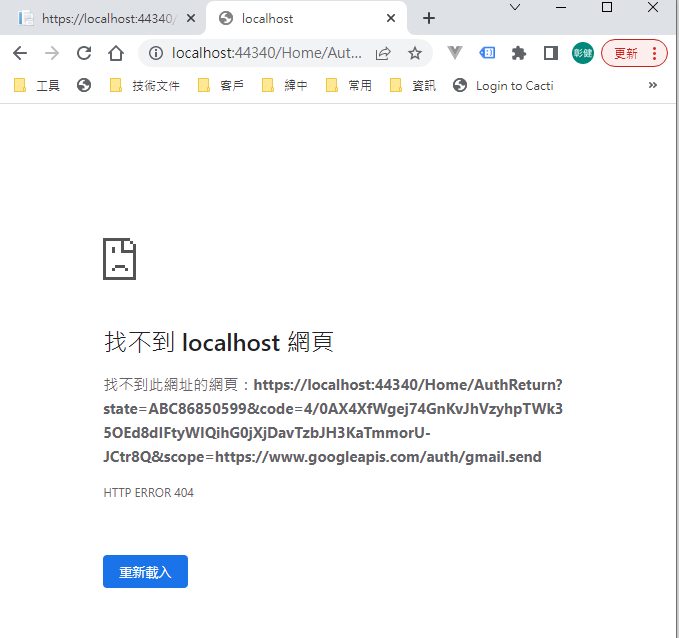
順便看一下,google 的套件會在 Credentials 的目錄下幫使用者建立一個目錄,在完成驗証前,會先放一個 System.String-oauth_XXX 的檔案,裡面的值和回傳的 state 是一樣的,這個應該是用來驗証回傳資料的。
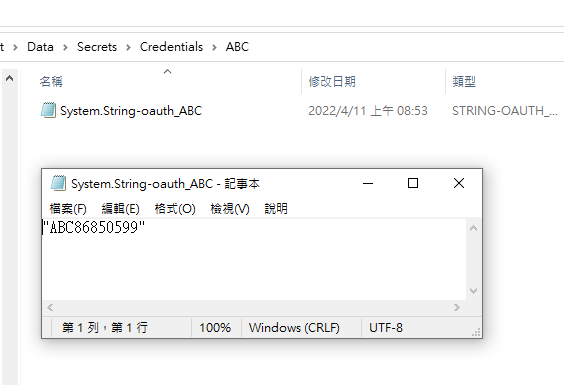
接下來我們要新增 Action "AuthReturn" 如下:
再跑一次上面的流程,最後回到 AuthReturn

在 D:\project\GmailTest\Data\Secrets\Credentials\ABC 裡面會產生一個檔案: 這個就是我們的 token 了。
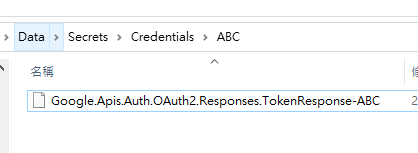
看一下裡面的內容, 有 access_token, refresh_token, scope 等等, 用途應該很好猜了.. 不知道各項目的目途也沒有關係。只要有這個 token 就可以了。
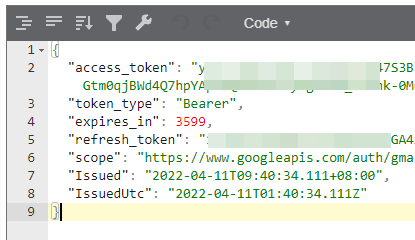
refresh_token 的效期請參考以下文件:
https://developers.google.com/identity/protocols/oauth2 。也可以參考下圖, 若是要用 gmail api 來發送通知信(例如連絡我們),紅色的地方是比較令人困擾的,例如 6 個月以上,沒有人留言,原來留下的 refresh_token 就失效了。使用者必需重新建立一個 refresh_token 。
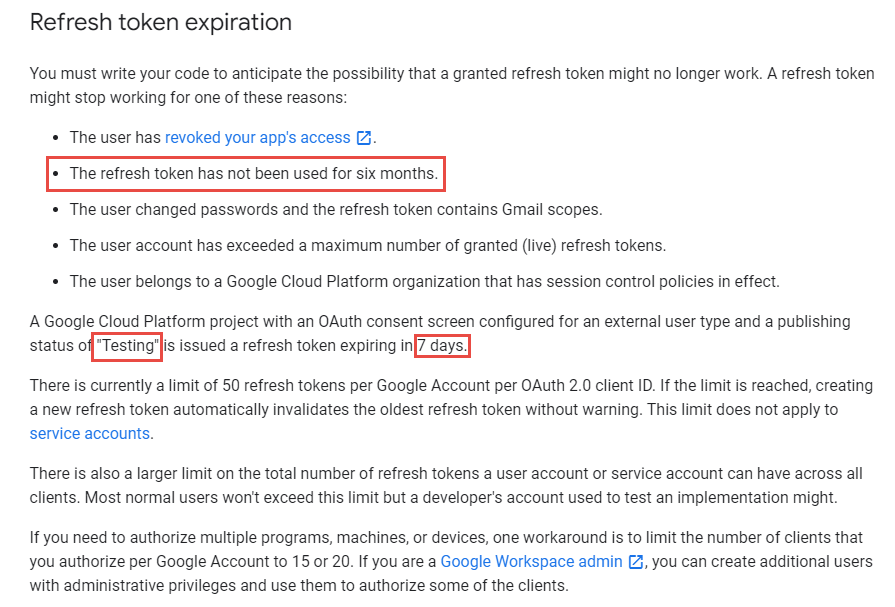
最後來使用 gmail api 發送通知信, 直接看程式碼如下: 在這個過程中遇到最大的問題除了憑証問題之外,另一個問題是編碼。直到最後找到可以用 MimeKit 把 System.Net.Mail.MailMessage 編碼成 Gmail API 的格式才解決。程式碼如下:
收到的信件:
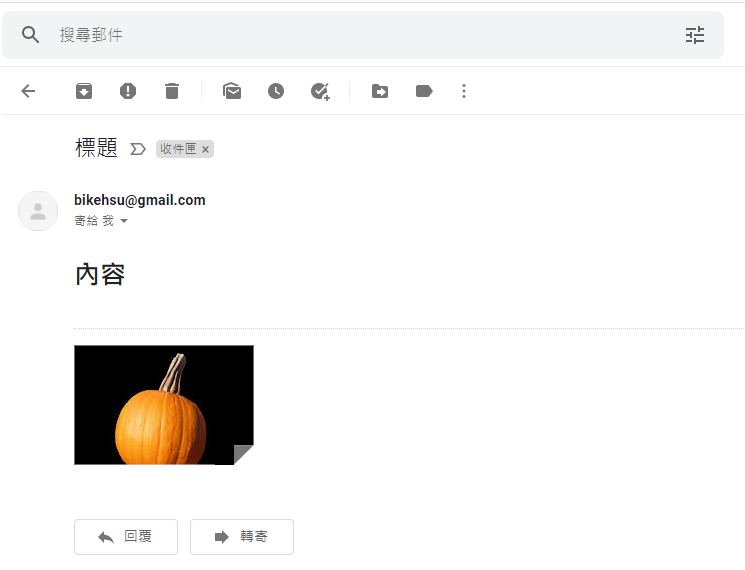
結論:
使用 Gmail API 最大的原因是要增加安全性,和舊的 smtp 不同的地方是,使用 gmail api 之後,客戶不需要提供 gmail 的帳號和密碼就可以讓系統使用 gmail 發送信件,不過由於 refresh_token 的效期問題,可能會造成無法發送通知信而沒有任何人發現的情況,整個實用性會變的很低。
另一個還沒有測試的部份是應用程的啟用。這個審核不知道會不很麻煩,不過可以而知的時,整個流程會花更多的時間。
取代的做法: 可能要改用 Amazon 的 SES 來寄信,而且為了避免每個小網站都要跑 SES 的建立流程,準備來寫一個 API 給各網站使用,可以發送簡單的通知信。
以上的程式碼可以在這裡下載: https://github.com/bikehsu/GmailTest
如果你的目的是要使用 Gmail Api 取代舊的 Gmail SMTP 來發送通知信,建議你先跳到最下方看一下結論。
如果你是想要看一下 Gmail API 和 Google API 憑証的使用方法,可以看一下這篇文章。
1. 在 google cloud platform 建立新的專案.
https://console.cloud.google.com/



啟用 Gmail API








因為我們要透過 OAuth 取得使用者授權,所以要設定使用 OAuth 的同意畫面。

指定授權的範圍


因為剛建立的專案,不會被公開,所以要指定測試使用者

如果要給任意使用者,必需經過發布的流程,但準備工作有點麻煩,所以這次就不發布了。

建立 OAuth 2.0 用戶端 ID 憑証

這裡除了名稱外,還有一個設定重導 Uri 的項目。現在不填寫,但稍後要回來補這個資料。


下載 json 之後,命名為 client_secret.json 保留後續使用。
再來就要建立專案了. 用 VS2022 建立一個新專案




記錄網址, 本測試專案是 https://localhost:44340/ ,請依實際網址為準。

回到 OAuth 2.0 用戶端 ID 的設定頁. 在已授權的重新導向 URI 中填入 https://localhost:44340/Home/AuthReturn (填入的網址依實際專案的狀況,可能會有變化)


在 VS2022 中,使用 Nuget 安裝套件: (有漏的再麻煩和我說)
Google.Apis.Gmail.v1
Google.Apis.Auth
MimeKit (發送 gmail 時使用)
建立認証用的網址:
建立一個 Action, 用來取得認証用的網址:
/// <summary>
/// 取得授權的項目
/// </summary>
static string[] Scopes = { GmailService.Scope.GmailSend };
// 和登入 google 的帳號無關
// 任意值,若未來有使用者認証,可使用使用者編號或登入帳號。
string Username = "ABC";
/// <summary>
/// 存放 client_secret 和 credential 的地方
/// </summary>
string SecretPath = @"D:\project\GmailTest\Data\Secrets";
/// <summary>
/// 認証完成後回傳的網址, 必需和 OAuth 2.0 Client Id 中填寫的 "已授權的重新導向 URI" 相同。
/// </summary>
string RedirectUri = $"https://localhost:44340/Home/AuthReturn";
/// <summary>
/// 取得認証用的網址
/// </summary>
/// <returns></returns>
public async Task<string> GetAuthUrl()
{
using (var stream = new FileStream(Path.Combine(SecretPath, "client_secret.json"), FileMode.Open, FileAccess.Read))
{
FileDataStore dataStore = null;
var credentialRoot = Path.Combine(SecretPath, "Credentials");
if (!Directory.Exists(credentialRoot))
{
Directory.CreateDirectory(credentialRoot);
}
//存放 credential 的地方,每個 username 會建立一個目錄。
string filePath = Path.Combine(credentialRoot, Username);
dataStore = new FileDataStore(filePath);
IAuthorizationCodeFlow flow = new GoogleAuthorizationCodeFlow(new GoogleAuthorizationCodeFlow.Initializer
{
ClientSecrets = GoogleClientSecrets.Load(stream).Secrets,
Scopes = Scopes,
DataStore = dataStore
});
var authResult = await new AuthorizationCodeWebApp(flow, RedirectUri, Username)
.AuthorizeAsync(Username, CancellationToken.None);
return authResult.RedirectUri;
}
}
執行結果:

用 chrome 開啟產生的網址:

選取任一帳號,如果出現以下錯誤,請回到 "OAuth 同意畫面" 去新增測試使用者


因為應用程式尚未發布,所以會看到警告,勇敢的繼續下去

這裡會要求授權使用你的名義發送信件。(這是在程式中取得授權的項目 Scopes 中所指定的)

再繼續之後,會被重導至我們在 redirectUri 指定的網址。因為我們尚未完成,所以會看到錯誤,順便也可以看一下,會帶回哪一些參數。有 state, code, scope,共三個。

順便看一下,google 的套件會在 Credentials 的目錄下幫使用者建立一個目錄,在完成驗証前,會先放一個 System.String-oauth_XXX 的檔案,裡面的值和回傳的 state 是一樣的,這個應該是用來驗証回傳資料的。

接下來我們要新增 Action "AuthReturn" 如下:
public async Task<string> AuthReturn(AuthorizationCodeResponseUrl authorizationCode)
{
string[] scopes = new[] { GmailService.Scope.GmailSend };
using (var stream = new FileStream(Path.Combine(SecretPath, "client_secret.json"), FileMode.Open, FileAccess.Read))
{
//確認 credential 的目錄已建立.
var credentialRoot = Path.Combine(SecretPath, "Credentials");
if (!Directory.Exists(credentialRoot))
{
Directory.CreateDirectory(credentialRoot);
}
//暫存憑証用目錄
string tempPath = Path.Combine(credentialRoot, authorizationCode.State);
IAuthorizationCodeFlow flow = new GoogleAuthorizationCodeFlow(
new GoogleAuthorizationCodeFlow.Initializer
{
ClientSecrets = GoogleClientSecrets.Load(stream).Secrets,
Scopes = scopes,
DataStore = new FileDataStore(tempPath)
});
//這個動作應該是要把 code 換成 token
await flow.ExchangeCodeForTokenAsync(Username, authorizationCode.Code, RedirectUri, CancellationToken.None).ConfigureAwait(false);
if (!string.IsNullOrWhiteSpace(authorizationCode.State))
{
string newPath = Path.Combine(credentialRoot, Username);
if (tempPath.ToLower() != newPath.ToLower())
{
if (Directory.Exists(newPath))
Directory.Delete(newPath, true);
Directory.Move(tempPath, newPath);
}
}
return "OK";
}
}
再跑一次上面的流程,最後回到 AuthReturn

在 D:\project\GmailTest\Data\Secrets\Credentials\ABC 裡面會產生一個檔案: 這個就是我們的 token 了。

看一下裡面的內容, 有 access_token, refresh_token, scope 等等, 用途應該很好猜了.. 不知道各項目的目途也沒有關係。只要有這個 token 就可以了。

refresh_token 的效期請參考以下文件:
https://developers.google.com/identity/protocols/oauth2 。也可以參考下圖, 若是要用 gmail api 來發送通知信(例如連絡我們),紅色的地方是比較令人困擾的,例如 6 個月以上,沒有人留言,原來留下的 refresh_token 就失效了。使用者必需重新建立一個 refresh_token 。

最後來使用 gmail api 發送通知信, 直接看程式碼如下: 在這個過程中遇到最大的問題除了憑証問題之外,另一個問題是編碼。直到最後找到可以用 MimeKit 把 System.Net.Mail.MailMessage 編碼成 Gmail API 的格式才解決。程式碼如下:
public async Task<bool> SendTestMail()
{
var service = await GetGmailService();
GmailMessage message = new GmailMessage();
message.Subject = "標題";
message.Body = $"<h1>內容</h1>";
message.FromAddress = "bikehsu@gmail.com";
message.IsHtml = true;
message.ToRecipients = "bikehsu@gmail.com";
message.Attachments = new List<Attachment>();
string filePath = @"C:\Users\bike\Pictures\Vegetable_pumpkin.jpg"; //要附加的檔案
Attachment attachment1 = new Attachment(filePath);
message.Attachments.Add(attachment1);
SendEmail(message, service);
Console.WriteLine("OK");
return true;
}
async Task<GmailService> GetGmailService()
{
UserCredential credential = null;
var credentialRoot = Path.Combine(SecretPath, "Credentials");
if (!Directory.Exists(credentialRoot))
{
Directory.CreateDirectory(credentialRoot);
}
string filePath = Path.Combine(credentialRoot, Username);
using (var stream = new FileStream(Path.Combine(SecretPath, "client_secret.json"), FileMode.Open, FileAccess.Read))
{
credential = await GoogleWebAuthorizationBroker.AuthorizeAsync(
GoogleClientSecrets.Load(stream).Secrets,
Scopes,
Username,
CancellationToken.None,
new FileDataStore(filePath));
}
var service = new GmailService(new BaseClientService.Initializer()
{
HttpClientInitializer = credential,
ApplicationName = "Send Mail",
});
return service;
}
public class GmailMessage
{
public string FromAddress { get; set; }
public string ToRecipients { get; set; }
public string Subject { get; set; }
public string Body { get; set; }
public bool IsHtml { get; set; }
public List<System.Net.Mail.Attachment> Attachments { get; set; }
}
public static void SendEmail(GmailMessage email, GmailService service)
{
var mailMessage = new System.Net.Mail.MailMessage();
mailMessage.From = new System.Net.Mail.MailAddress(email.FromAddress);
mailMessage.To.Add(email.ToRecipients);
mailMessage.ReplyToList.Add(email.FromAddress);
mailMessage.Subject = email.Subject;
mailMessage.Body = email.Body;
mailMessage.IsBodyHtml = email.IsHtml;
if (email.Attachments != null)
{
foreach (System.Net.Mail.Attachment attachment in email.Attachments)
{
mailMessage.Attachments.Add(attachment);
}
}
var mimeMessage = MimeKit.MimeMessage.CreateFromMailMessage(mailMessage);
var gmailMessage = new Google.Apis.Gmail.v1.Data.Message
{
Raw = Encode(mimeMessage)
};
Google.Apis.Gmail.v1.UsersResource.MessagesResource.SendRequest request = service.Users.Messages.Send(gmailMessage, "me");
request.Execute();
}
public static string Encode(MimeMessage mimeMessage)
{
using (MemoryStream ms = new MemoryStream())
{
mimeMessage.WriteTo(ms);
return Convert.ToBase64String(ms.GetBuffer())
.TrimEnd('=')
.Replace('+', '-')
.Replace('/', '_');
}
}
收到的信件:

結論:
使用 Gmail API 最大的原因是要增加安全性,和舊的 smtp 不同的地方是,使用 gmail api 之後,客戶不需要提供 gmail 的帳號和密碼就可以讓系統使用 gmail 發送信件,不過由於 refresh_token 的效期問題,可能會造成無法發送通知信而沒有任何人發現的情況,整個實用性會變的很低。
另一個還沒有測試的部份是應用程的啟用。這個審核不知道會不很麻煩,不過可以而知的時,整個流程會花更多的時間。
取代的做法: 可能要改用 Amazon 的 SES 來寄信,而且為了避免每個小網站都要跑 SES 的建立流程,準備來寫一個 API 給各網站使用,可以發送簡單的通知信。
以上的程式碼可以在這裡下載: https://github.com/bikehsu/GmailTest
Bike, 2022/4/10 下午 09:31:15
https://blog.no2don.com/2021/01/c-gmail-smtp-server-requires-secure.html
Bike, 2022/2/12 下午 09:16:02
2016 / 10 / 30 搬機房, 有幾件事沒有做好, 記錄一下:
1. Firewall 沒設定好, 下次要一中兩個人一起設定.
2. 有一個客戶的 DNS 等了一整天才生效, 要檢查所有網站的 TTL 和 Refresh 時間, 最好都在一個小時以內.
3. Email 主機: 有些客戶原來是用 msa.hinet.net 這個 SMTP, 搬到非 Hinet 的機房後就不能寄信了.
4. 某一個客戶的 DNS 沒改好, 因為在自已的 DNS Server 上面看到有記錄, 就誤判是我們代管的, 應該要用 Hinet 或 Google 來確認 NS Record 為何. 已刪除它的 DNS 記錄.
5. 202 的 .8 網路線沒插好, 主機開起來後, 要確認可以從每一個介面 Ping 出去.
6. 新 Firewall , 內部 IP 無法連到 Virtual Server: --> 要由內部 IP 連線到 Virtual Server 測試. 最好是在 hosts 上面都有 127.0.0.1 的設定.
7. 最好不要在下半年換機房, 比較忙, 客戶的活動也比較多.
8. Windows 的 DNS 若是直接修改 DNS 檔案. 因為 SOA 的序號沒有修改, 所以 Client 伺服器要手動重新讀取資料.
9. 要記得改 TWNIC 的 DNS Server設定.
1. Firewall 沒設定好, 下次要一中兩個人一起設定.
2. 有一個客戶的 DNS 等了一整天才生效, 要檢查所有網站的 TTL 和 Refresh 時間, 最好都在一個小時以內.
3. Email 主機: 有些客戶原來是用 msa.hinet.net 這個 SMTP, 搬到非 Hinet 的機房後就不能寄信了.
4. 某一個客戶的 DNS 沒改好, 因為在自已的 DNS Server 上面看到有記錄, 就誤判是我們代管的, 應該要用 Hinet 或 Google 來確認 NS Record 為何. 已刪除它的 DNS 記錄.
5. 202 的 .8 網路線沒插好, 主機開起來後, 要確認可以從每一個介面 Ping 出去.
6. 新 Firewall , 內部 IP 無法連到 Virtual Server: --> 要由內部 IP 連線到 Virtual Server 測試. 最好是在 hosts 上面都有 127.0.0.1 的設定.
7. 最好不要在下半年換機房, 比較忙, 客戶的活動也比較多.
8. Windows 的 DNS 若是直接修改 DNS 檔案. 因為 SOA 的序號沒有修改, 所以 Client 伺服器要手動重新讀取資料.
9. 要記得改 TWNIC 的 DNS Server設定.
Bike, 2016/11/3 上午 11:05:19
Bike, 2016/9/19 下午 05:05:36
Sub SendMail_godaddy(ByVal Subject As String, ByVal Body As String, ByVal FromMail As String, ByVal ToMail As String)
Dim objMail As New System.Web.Mail.MailMessage()
objMail.From = FromMail
objMail.To = ToMail
objMail.Subject = Subject
objMail.BodyFormat = Mail.MailFormat.Html
objMail.Priority = Mail.MailPriority.High
objMail.Body = Body
System.Web.Mail.SmtpMail.SmtpServer = UW.Mail.SMTP_SERVER_NAME
System.Web.Mail.SmtpMail.Send(objMail)
End Sub
Reiko, 2014/1/17 下午 02:50:53
Sub SendMail_gmail(ByVal Subject As String, ByVal Body As String, ByVal FromMail As String, ByVal ToMail As String)
Dim msg As New System.Net.Mail.MailMessage
Dim client As New System.Net.Mail.SmtpClient
Try
msg.Subject = Subject
msg.Body = Body
msg.From = New System.Net.Mail.MailAddress(FromMail)
msg.To.Add(ToMail)
msg.IsBodyHtml = True
client.Host = "smtp.gmail.com"
Dim basicauthenticationinfo As System.Net.NetworkCredential = New System.Net.NetworkCredential("username@gmail.com", "password")
client.Port = Int32.Parse("587")
client.EnableSsl = True
client.UseDefaultCredentials = False
client.Credentials = basicauthenticationinfo
client.DeliveryMethod = Net.Mail.SmtpDeliveryMethod.Network
client.Send(msg)
Catch ex As Exception
UW.WU.DebugWriteLine(ex.ToString, True, True)
End Try
End Sub
Reiko, 2014/1/17 下午 02:48:37
Windows 2008 的 SMTP 寄信時若遇到 "Helo command rejected: need fully-qualified hostname" ,可做以下的修改。
The fix is easy:
- Open IIS
- View the properties of you Default SMTP Virtual Server
- Go to the “Delivery” tab
- Click the “Advanced” button (in the bottom right corner)
- Under “Fully-qualified domain name” enter a domain name that points to the server
- Click Ok until you’re back to IIS
Bike, 2013/10/28 上午 09:50:56
今天發現當 System.Net.Mail.MailMessage 有附件時,SendMail 後附檔會被Lock住
原來使用完之後要釋放資源,不然要等一段時間才會被系統釋放
另外 .Net 4.0 的 SmtpClient 物件也要 Dispose()
他的做法也類似 SqlCoonection 有 pooling 的機制
因此用完也必須要 Dispose()
UW.Mail 我有調整過了 要SVN更新一下 再build
darren, 2013/1/27 上午 03:11:35

